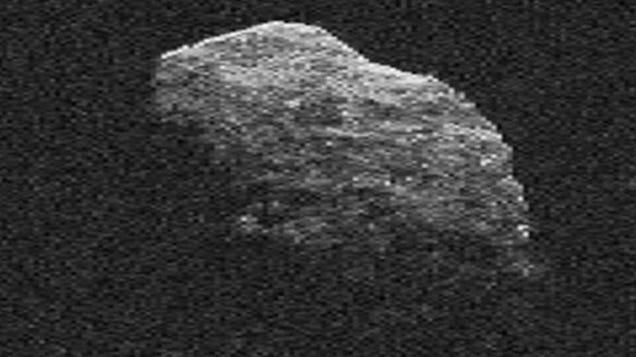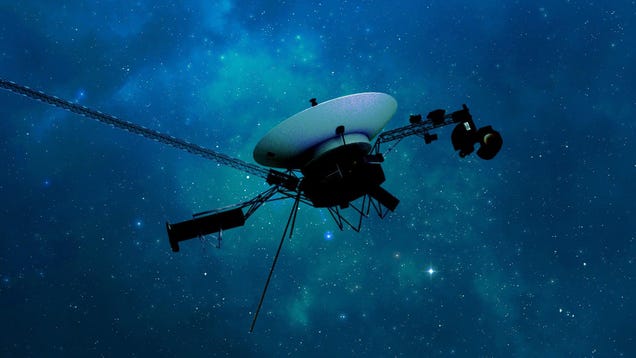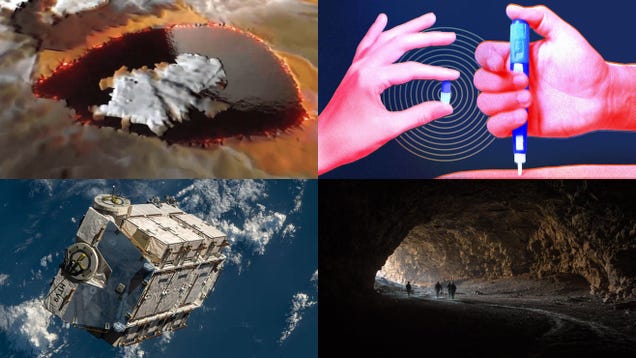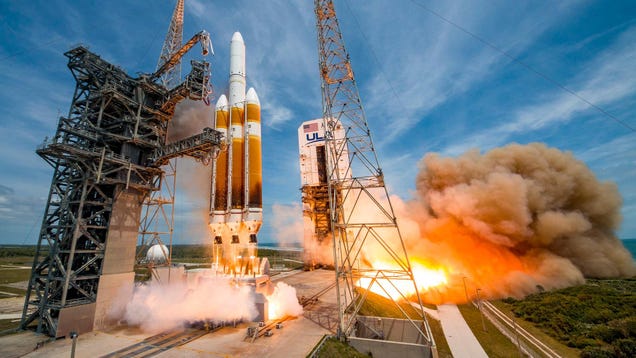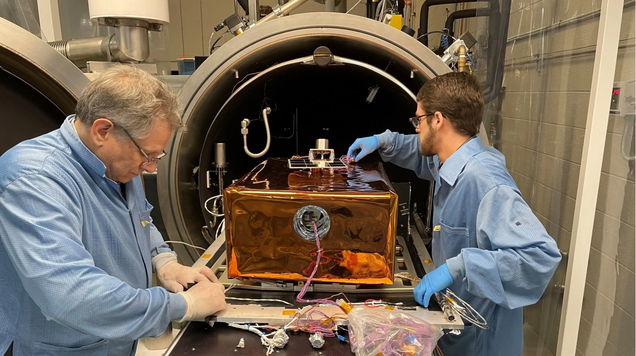
This week, Russia unsurprisingly vetoed a draft resolution to prevent the placement of nuclear weapons in orbit. Russia’s rejection of the United Nations resolution is not a clear indication that it possesses orbital arsenal that could destroy satellite constellations, but it shows the country is not wavering under…

